Greyhounds: they can run like the wind and are loving pets, and have some medical issues that make them even more special. This breed has more red blood cells and higher hemoglobin levels along with fewer white blood cells and platelets than other breeds. They're also predisposed to a blood clotting disorder due to Von Willibrand's disease that can be associated with low thyroid hormone levels.
The most important of the greyhound idiosyncrasies is a dramatic elevation in body temperature that can happen before, during, and after anesthetic procedures. A rare condition called malignant hyperthermia can even elevate body temperature to dangerously high levels -105 degrees Fahrenheit and above- leading to brain injury and death.
Problems can actually start when greyhounds first arrive at the hospital; anxiety can cause muscle tremors that cause body temperature to go up.
McKinney veterinarians use distinct protocols when considering even short anesthetic procedures on greyhounds. The key to prevent overheating is in preparing for the procedure and close monitoring before, during, and afterward. Pre-anesthetic blood testing should be done on every patient before they undergo anesthesia. On greyhounds, this should include additional testing to ensure proper blood clotting. There are screening tests that can be performed in the hospital; and then blood can be sent to reference labs to further explore suspected cases of clotting abnormalities. Indwelling catheters are installed to provide IV fluids and to ensure rapid access for any drugs that may be called for.
There are safe drugs available to begin anesthesia, but barbiturates should never be used because the greyhound liver metabolizes barbiturates very slowly, leading to prolonged recovery periods.
If the dog demonstrates any anxiety in the hospital, the owner should accompany the team to the surgical area and be present for prepping of the patient while temperature is closely monitored.
An ice bath of cold water is prepared before anesthesia is induced. Once the dog is breathing anesthetic gas, the temperature is monitored every few minutes throughout the procedure. Any uptick in the temperature will call for application of cold towels onto the patient to control body temperature.
After the conclusion of surgery and anesthesia, the patient remains covered with cold towels and monitoring continues until full recovery. The dog is reunited with the owner quickly and released from the hospital at the soonest opportunity.
Malignant hyperthermia can be controlled by a drug called dantrolene. It is used in human medicine as well, and is sometimes used to prevent the onset of malignant hyperthermia in predisposed individuals. Since the protocols discussed previously are quite effective, McKinney veterinarians have not used this very expensive medication on our patients.
Be certain that McKinney veterinarians tending to your greyhound are familiar with the idiosyncrasies of this breed and are fully prepared to take all necessary steps to ensure safe recovery from surgery.
McKinney Veterinarian
Stonebridge Animal Hospital
5913 Virginia Parkway
McKinney, Texas 75071
469-507-2433

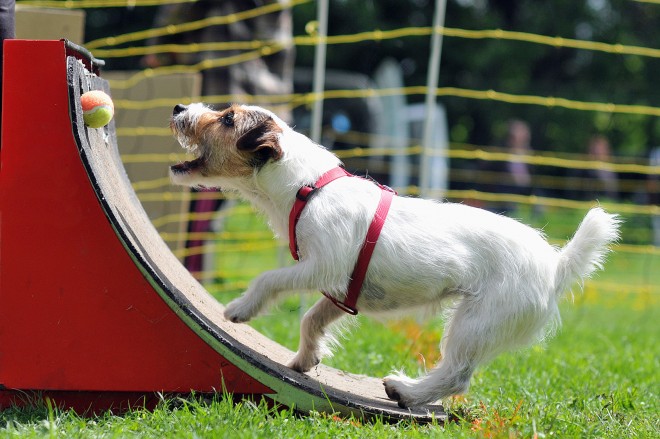 Starting A New Activity With Your Dog - Its Never Too Late
Starting A New Ac
Starting A New Activity With Your Dog - Its Never Too Late
Starting A New Ac
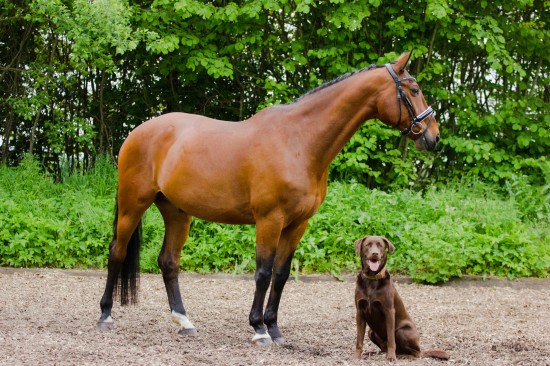 How To Keep Dogs Safe Around Horses When Out On A Walk
How To Keep Dogs
How To Keep Dogs Safe Around Horses When Out On A Walk
How To Keep Dogs
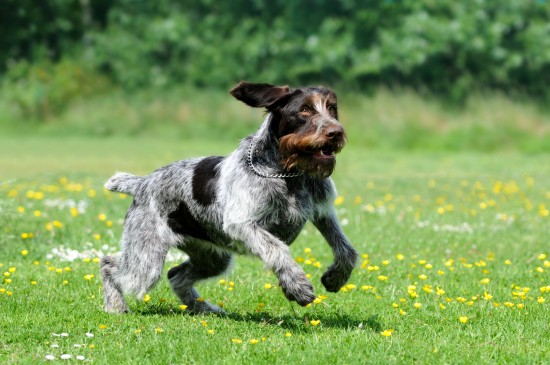 Calming Down A Hyperactive Dog
Calming Down A Hy
Calming Down A Hyperactive Dog
Calming Down A Hy
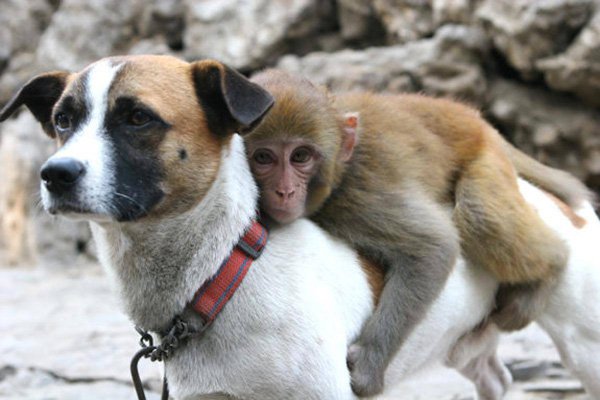 Let Reefs help you get the most out of your marine aquarium experience
Let Reefs help you get the most out of your marine aquariu
Let Reefs help you get the most out of your marine aquarium experience
Let Reefs help you get the most out of your marine aquariu
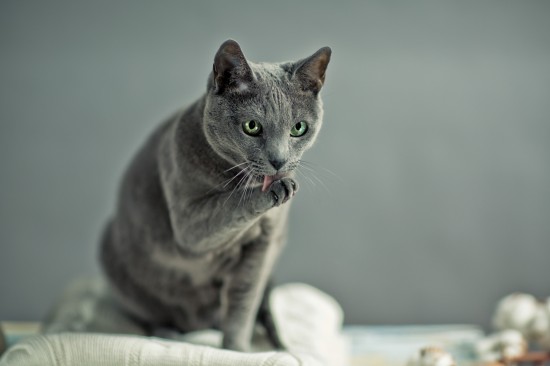 Aortic Thromboembolism In Cats
Aortic Thromboemb
Aortic Thromboembolism In Cats
Aortic Thromboemb